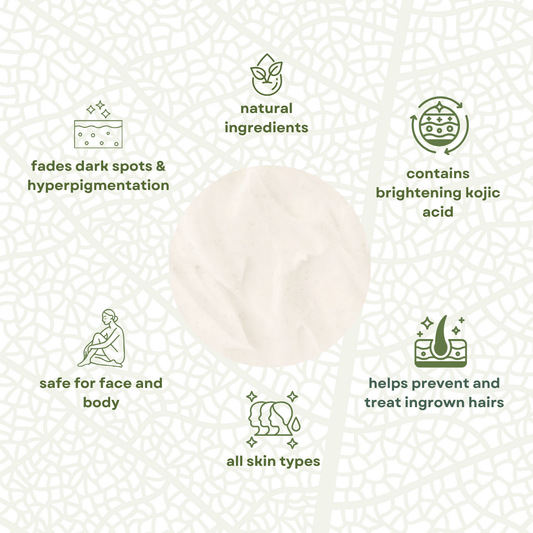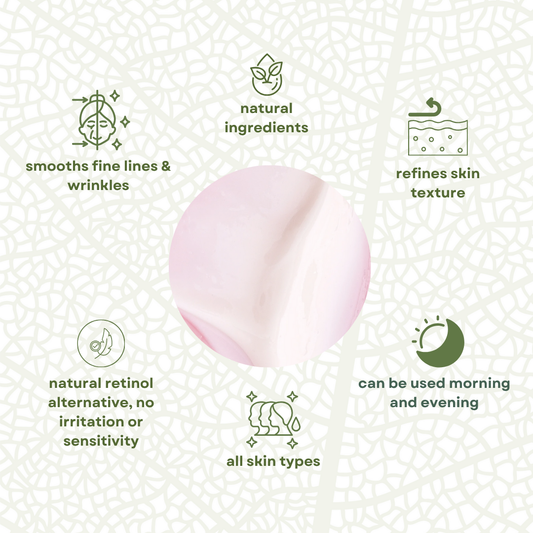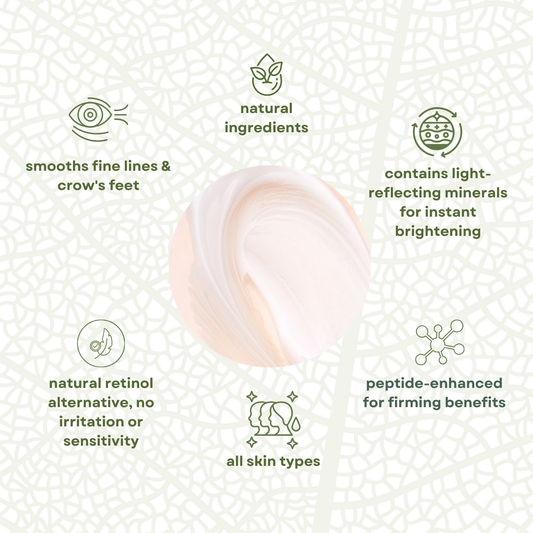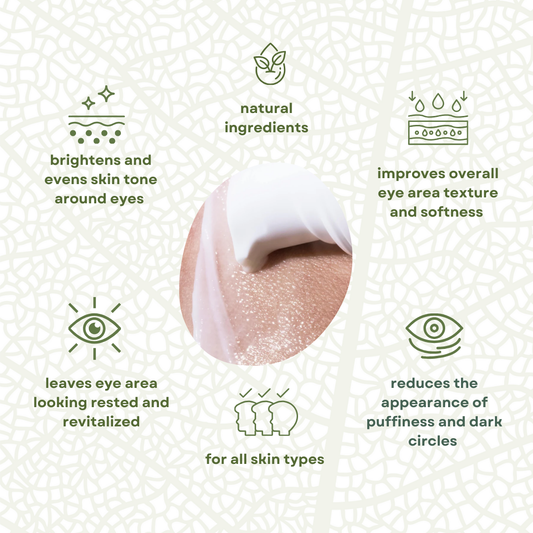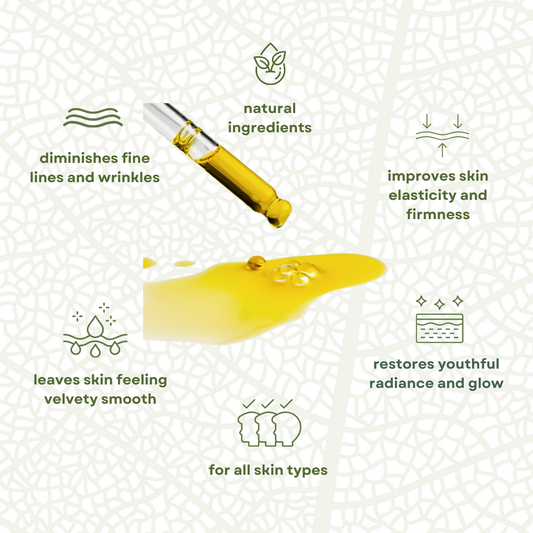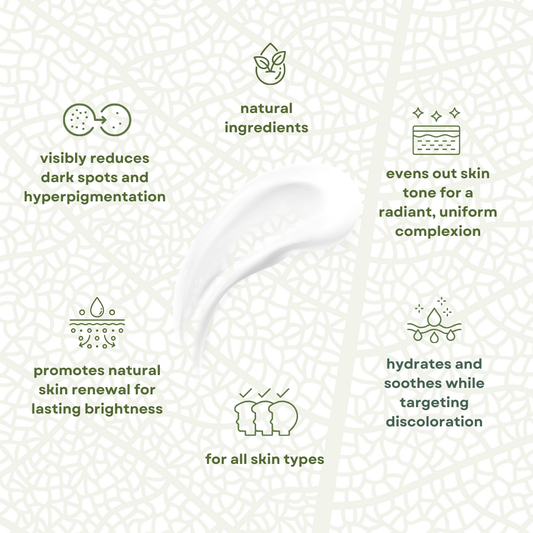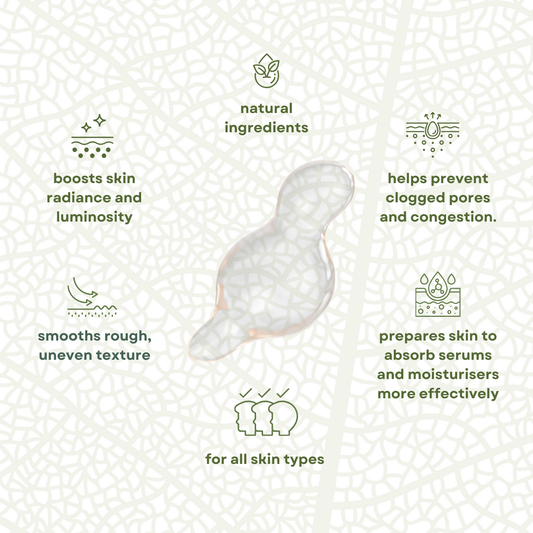Collection: Hyperpigmeation
Hyperpigmentation occurs when melanocytes (pigment-producing cells) become overactive, producing excess melanin in response to various triggers.
What Causes Hyperpigmentation:
• UV exposure: Primary trigger for melanin production
• Hormonal changes: Pregnancy, contraceptives, HRT cause melasma
• Inflammation: Acne, eczema, injuries leave dark marks (PIH)
• Age: Cumulative sun damage creates age spots
• Genetics: Some individuals are more prone to pigmentation
Types of Hyperpigmentation:
• Melasma: Symmetrical brown patches, often on face
• Post-inflammatory hyperpigmentation (PIH): Dark spots after skin trauma
• Solar lentigines: Age spots from sun damage
• Drug-induced: Certain medications increase photosensitivity
The Melanin Production Process:
Tyrosinase enzyme converts tyrosine into melanin through a complex biochemical pathway. Successful treatment requires interrupting this process at multiple stages.
Leaf & Lab Solutions:
GlowLab targets pigmentation through multiple mechanisms. Alpha-arbutin (2%) is a proven tyrosinase inhibitor that specifically blocks melanin production without causing irritation. Niacinamide (5%) works differently by inhibiting melanosome transfer from melanocytes to surrounding skin cells.
Bidens Pilosa extract provides natural tyrosinase inhibition, while Kakadu plum delivers the highest natural concentration of vitamin C for collagen support and antioxidant protection. Ferulic acid doubles the photoprotective effect and stabilizes vitamin C for maximum efficacy.
Gentle lactic acid (1%) promotes cellular turnover to help fade existing pigmentation, while sea buckthorn oil provides 190+ bioactive compounds including rare omega-7 fatty acids for skin repair.

-
ExfoLab Brightening Face & Body Exfoliator with Kojic Acid 150ml
Regular price £30.00 GBPRegular price -
GlowLab Targeted Dark Spot Care, 1% Kojic Acid 15ml
Regular price £30.00 GBPRegular price -
AgeLab retinol alternative serum
Regular price £35.00 GBPRegular price -
AgeLab Retinol Alternative Eye Serum 15ml
Regular price £33.00 GBPRegular price -
GlowLab Vitamin C Serum 30ml
Regular price £40.00 GBPRegular price -
GlowLab Brightening Eye Cream 15ml
Regular price £30.00 GBPRegular price -
AgeLab Natural Retinol Alternative Oil Serum 30ml
Regular price £35.00 GBPRegular price -
GlowLab Pigment Perfecting Serum 30ml
Regular price £35.00 GBPRegular price -
ExfoLab AHA peeling concentrate 30ml
Regular price £35.00 GBPRegular price -
ExfoLab Glycolic Acid Exfoliating Toner 250ml
Regular price £35.00 GBPRegular price


